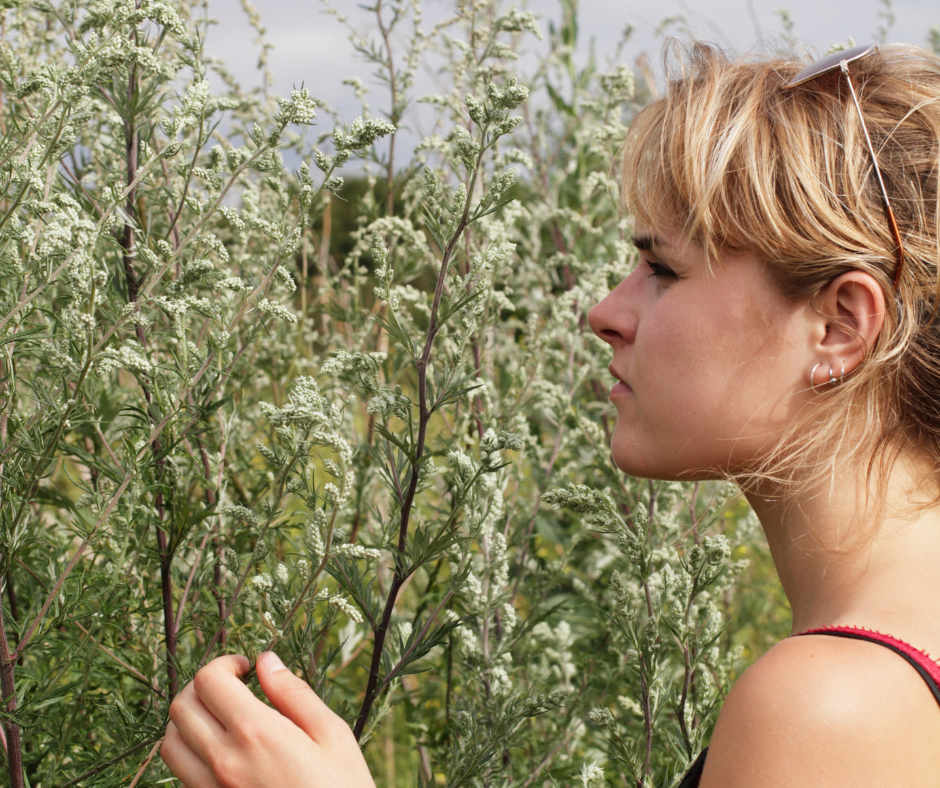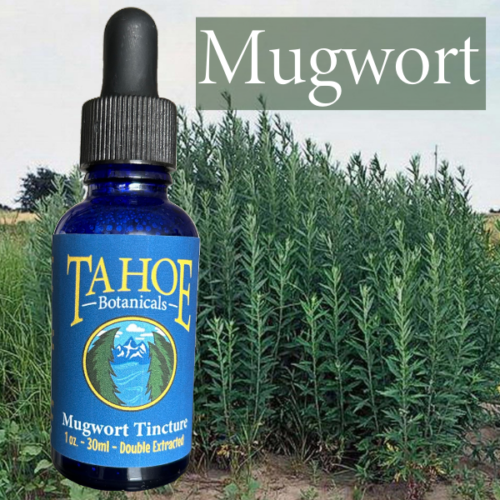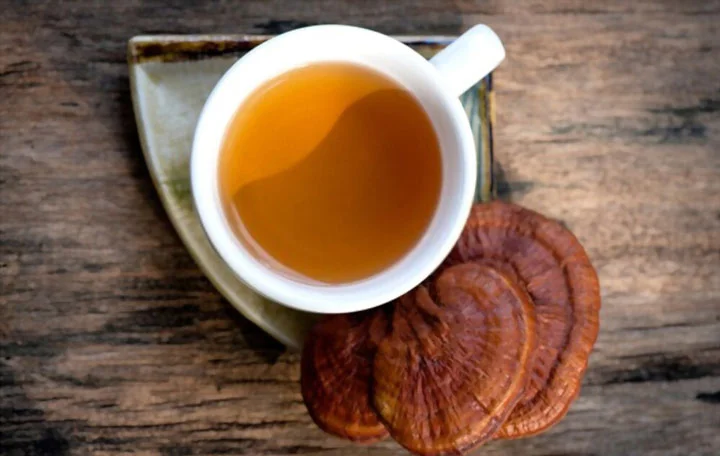The Rich Indigenous and Spiritual Uses of Mugwort


Mugwort (Artemisia vulgaris) is a powerful herb with a long history of indigenous and spiritual uses across various cultures worldwide. Revered for its unique properties and believed to possess mystical qualities, Mugwort has been utilized in rituals, ceremonies, and traditional practices. This blog post aims to explore the indigenous and spiritual uses of Mugwort, shedding light on its cultural significance and spiritual applications throughout history.
Indigenous Uses: Indigenous communities around the world have long recognized the medicinal and spiritual qualities of Mugwort. The plant holds deep cultural significance and is often integrated into indigenous healing practices. For example, in certain Native American tribes, Mugwort has been used in smudging rituals to purify and cleanse sacred spaces, dispel negative energy, and restore balance. The smoke produced by burning dried Mugwort is believed to carry prayers and intentions to the spirit world.

California Mugwort has an extensive history of use among Native Americans. The North American Ethnobotany Database282 lists numerous diverse uses by ten Indian tribes in the western United States. These ranged from treatments for arthritis and bronchitis to ghost repellents. Locally, the Chumash from the shores of the Santa Barbara Channel and offshore islands, gathered the wool of California Mugwort leaves into small cones; these were ignited and used to cauterize wounds and treat other ailments. Modern Chumash use the leaves as a remedy for poison oak. The Luisaño from northern San Diego and Riverside counties made arrows from mugwort stalks. In San Diego, the Kumeyaay used a poultice of fresh leaves on ant bites; they made a tea to drink when ill or to bath in for measles.
Traditional Healing: Mugwort has also been employed as a traditional medicinal herb by indigenous cultures. Its leaves and flowers are used to make teas, infusions, and poultices, which have been utilized for various health conditions. In indigenous healing systems, Mugwort is believed to possess properties that can aid digestion, alleviate menstrual discomfort, support the reproductive system, and promote general well-being. These traditional uses reflect the deep understanding of the plant’s healing potential within indigenous knowledge systems.
Mugwort has many traditional uses around the world. The Chumash Indians of California use it to treat imbalances that
women may suffer such as premenstrual syndrome, dysmenorrhea and menopausal symptoms. The plant contains a
sesquiterpene that appears to work through a serotonergic mechanism and may be beneficial for women. Mugwort
therapy is safer for menopausal women than hormone replacement therapy. Children affected by attention deficit hyperactivity disorder benefit from Mugwort therapy. There is no doubt that Mugwort therapy is safer for these children
than methylphenidate or amphetamine. Read more about this fascinating study here,

Dreamwork and Divination: Mugwort has a strong association with dreams, divination, and spiritual practices. Many indigenous cultures consider Mugwort to be a sacred herb that enhances dream experiences, facilitating communication with the spirit realm and ancestors. In some indigenous traditions, Mugwort is used as a smudging herb to prepare individuals for dreaming or to enhance their dream recall. It is believed that Mugwort can help induce vivid and meaningful dreams, provide guidance, and offer insights into one’s spiritual journey.
Rituals and Protection: Mugwort is often used in protective rituals and ceremonies to ward off negative energies and entities. In indigenous belief systems, it is considered a powerful plant ally that can create a shield of spiritual protection. For instance, indigenous healers may create amulets or talismans with Mugwort to wear as protective charms or place dried Mugwort under pillows to safeguard against negative influences during sleep. This spiritual use of Mugwort exemplifies the belief in its ability to establish a sacred and safe space.
Different tribes and traditions use different herbs for shamanic smudging. Some of the most popular herbs include cedar, sage, juniper, pinion pine, sweetgrass, copal (in resin form), Mugwort, lavender and sacred tobacco.

Coming of Age Ceremonies: In some indigenous cultures, Mugwort plays a vital role in coming of age ceremonies and rites of passage. It is believed to assist individuals in navigating the transition from one life stage to another. Mugwort may be incorporated into rituals that mark the onset of puberty, initiation into adulthood, or the journey toward elderhood. The plant’s presence in these ceremonies symbolizes purification, spiritual growth, and the embracing of newfound responsibilities and wisdom.
Connection to Nature and Spirituality: Mugwort’s spiritual uses are deeply intertwined with a reverence for nature and the spiritual realm. Indigenous cultures often view Mugwort as a sacred bridge that connects humans with the natural world and the divine. Mugwort is believed to possess the ability to heighten spiritual awareness, deepen meditation practices, and enhance connection with the unseen forces of the universe. It is through Mugwort’s energy and essence that individuals can cultivate a stronger bond with nature and the spiritual aspects of their existence.

Conclusion: Mugwort holds a prominent place in indigenous cultures and spiritual practices, with its uses ranging from healing and purification to dreamwork and protection. This herb’s multifaceted nature has made it an essential component of rituals, ceremonies, and traditional healing systems across the globe. Its cultural significance and spiritual applications highlight the deep respect indigenous communities have for Mugwort.
Our Organic Tahoe Botanicals Mugwort Tincture is double-extracted to provide both water soluble AND alcohol soluble elements for maximum benefits. A double extraction is the combination of an alcohol extract, and a water extract. Alcohol extracts certain compounds, terpenes; water extracts other compounds, polysaccharides and beta-glucans. All extracts are made with care by hand in our quality-controlled lab.
-
 Mugwort Tincture$25.00
Mugwort Tincture$25.00

